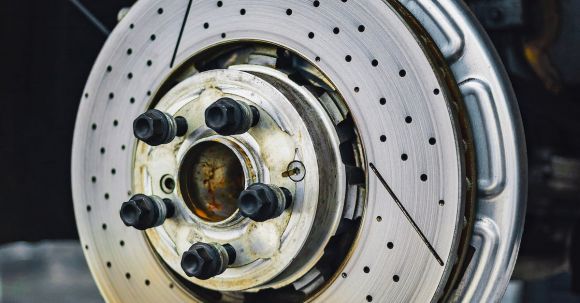Brake fluid is a crucial component of any motorcycle’s braking system. Over time, brake fluid can become contaminated or degrade, which can lead to a loss of braking performance. In this guide, we will walk you through the process of replacing your motorcycle’s brake fluid, ensuring that your brakes remain in optimal working condition.
Understanding Brake Fluid
Before we dive into the process of replacing brake fluid, it’s important to understand the role that brake fluid plays in your motorcycle’s braking system. Brake fluid is a hydraulic fluid that transfers the force from your brake lever to the brake calipers, allowing them to clamp down on the brake rotors and bring your motorcycle to a stop.
Choosing the Right Brake Fluid
Not all brake fluids are created equal, and it’s crucial to choose the right one for your motorcycle. Refer to your motorcycle’s owner’s manual to find the recommended brake fluid type and specification. It’s important to note that different brake fluids have different boiling points, which can affect their performance under extreme conditions.
Gathering the Necessary Tools and Materials
Before you begin the brake fluid replacement process, make sure you have all the necessary tools and materials on hand. This includes a brake fluid reservoir wrench, a turkey baster or syringe for removing old fluid, a container for collecting the old brake fluid, a clean cloth or rag, and a fresh bottle of brake fluid.
Flushing the Old Brake Fluid
Start by locating the brake fluid reservoir on your motorcycle. It is typically located near the handlebars and is usually made of translucent plastic, allowing you to see the fluid level. Use the brake fluid reservoir wrench to remove the cap and expose the fluid inside.
Next, use a turkey baster or syringe to remove as much of the old brake fluid as possible from the reservoir. Be careful not to spill any brake fluid on your motorcycle’s paint or other components, as it can cause damage.
Refilling with Fresh Brake Fluid
Once you have removed the old brake fluid, it’s time to refill the reservoir with fresh brake fluid. Slowly pour the new fluid into the reservoir, being careful not to overfill it. Refer to your motorcycle’s owner’s manual for the correct fluid level.
Bleeding the Brake System
After refilling the reservoir, it’s important to bleed the brake system to remove any air bubbles that may have entered during the fluid replacement process. Start by locating the bleed valve on each brake caliper. Attach a clear plastic tube to the bleed valve and place the other end in a container to collect the old brake fluid.
With the tube in place, have a helper slowly squeeze the brake lever while you open the bleed valve. As your helper squeezes the lever, you should see old brake fluid and air bubbles flow through the tube. Once the flow of fluid is steady and free of bubbles, close the bleed valve and repeat the process on the other calipers.
Regular Maintenance and Inspection
Now that you have successfully replaced your motorcycle’s brake fluid, it’s important to maintain and inspect it regularly. Check the fluid level in the reservoir periodically and top it off as needed. Additionally, keep an eye out for any signs of brake fluid leakage or degradation, such as a spongy brake lever feel or discolored fluid.
By following this guide and replacing your motorcycle’s brake fluid as needed, you can ensure that your brakes remain in optimal working condition, providing you with the stopping power you need for a safe and enjoyable ride.
In conclusion, replacing your motorcycle’s brake fluid is a simple yet important maintenance task that should not be overlooked. By understanding the role of brake fluid, choosing the right type, and following the proper steps, you can keep your brakes performing at their best. Regular maintenance and inspection will help you catch any potential issues early on, ensuring your safety on the road.
